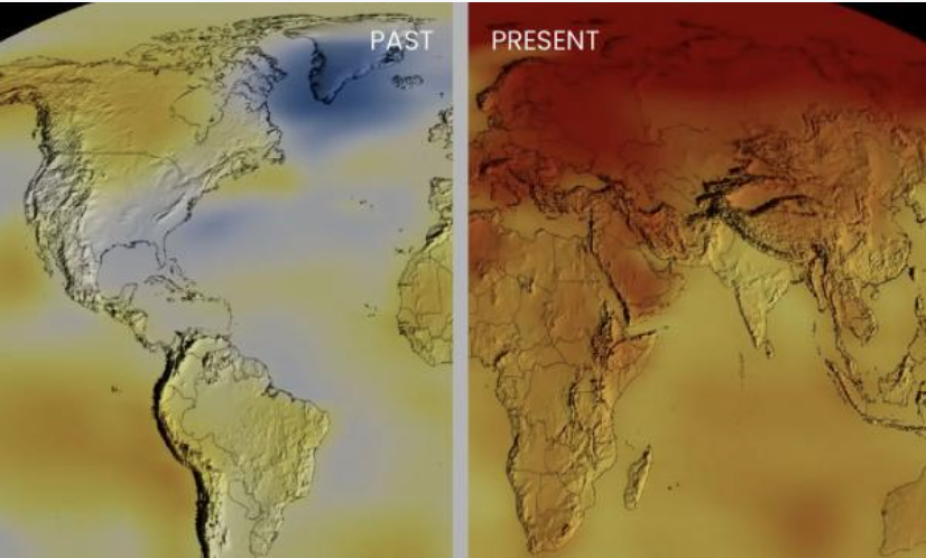Longmont Museum - Predicting Future Climate: What Can We Expect in the Next Decade?

7:00 – 8:30 pm MDT
Earth’s climate, weather, and biological systems are changing as a result of greenhouse gas emissions, but they also vary naturally with or without human influence. By combining models, observations, and future emissions projections, learn how these scientists can predict impactful variations in climate up to a decade in advance.
This event is co-hosted with the Longmont Museum and the Thursday Nights @ the Museum event series.
Stephen Yeager
Dr. Stephen Yeager, member of the Oceanography Section of NSF NCAR’s Climate and Global Dynamics (CGD) Laboratory since 1998, has published over 90 peer-reviewed papers on a range of topics in the fields of ocean and climate dynamics that have accrued close to 10,000 citations. The overarching theme of his research is advancing understanding of the role of the ocean in climate variability and predictability, primarily through the use of climate models such as the Community Earth System Model (CESM) developed at NSF NCAR. In recent years, he has helped spearhead efforts to develop a CESM-based initialized prediction system for producing forecasts of Earth system change on time scales from seasonal to multidecadal. He served for several years on the executive committee of CLIVAR's US AMOC Science Team. He is currently a co-lead of CGD’s Earth System Prediction group, a co-chair of the CESM project's Earth System Prediction Working Group, a co-chair of the World Climate Research Programme's Decadal Climate Prediction Project, a steering committee member of the International Laboratory for High Resolution Earth System Prediction, and a member of International CLIVAR's Ocean Model Development Panel. He obtained degrees in Physics from Dartmouth College and Brown University before completing a PhD in Atmospheric and Oceanic Science from the University of Colorado Boulder.
Isla Simpson
Dr. Isla Simpson is a member of the Climate Analysis Section of NSF NCAR’s Climate and Global Dynamics Division, studying large scale atmospheric dynamics and its representation in Global Climate Models. She works to understand dynamical mechanisms involved in the variability and change of the large scale atmospheric circulation and its impacts on regional climate and hydroclimate using a hierarchy of modeling approaches. The overall aim being to determine the extent which models can successfully capture the processes of relevance for the real atmosphere and to determine how they can be improved.